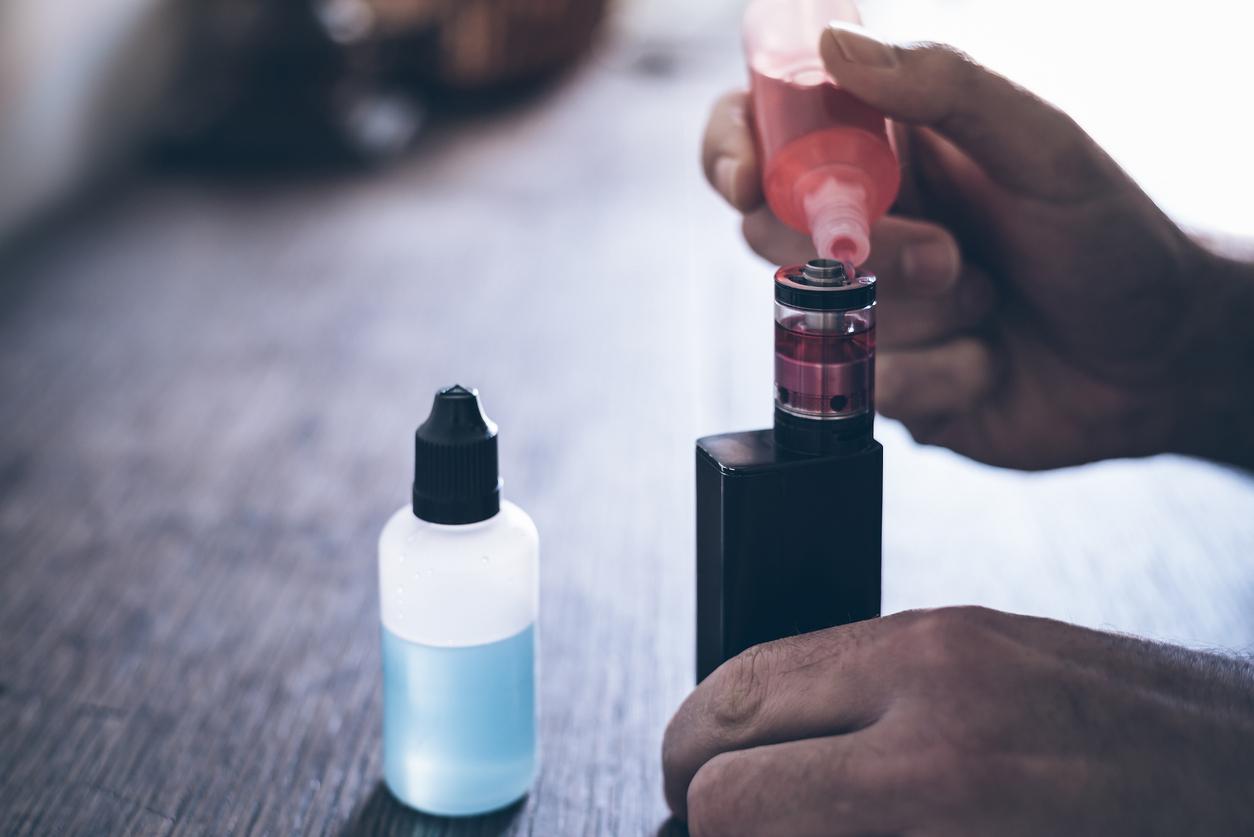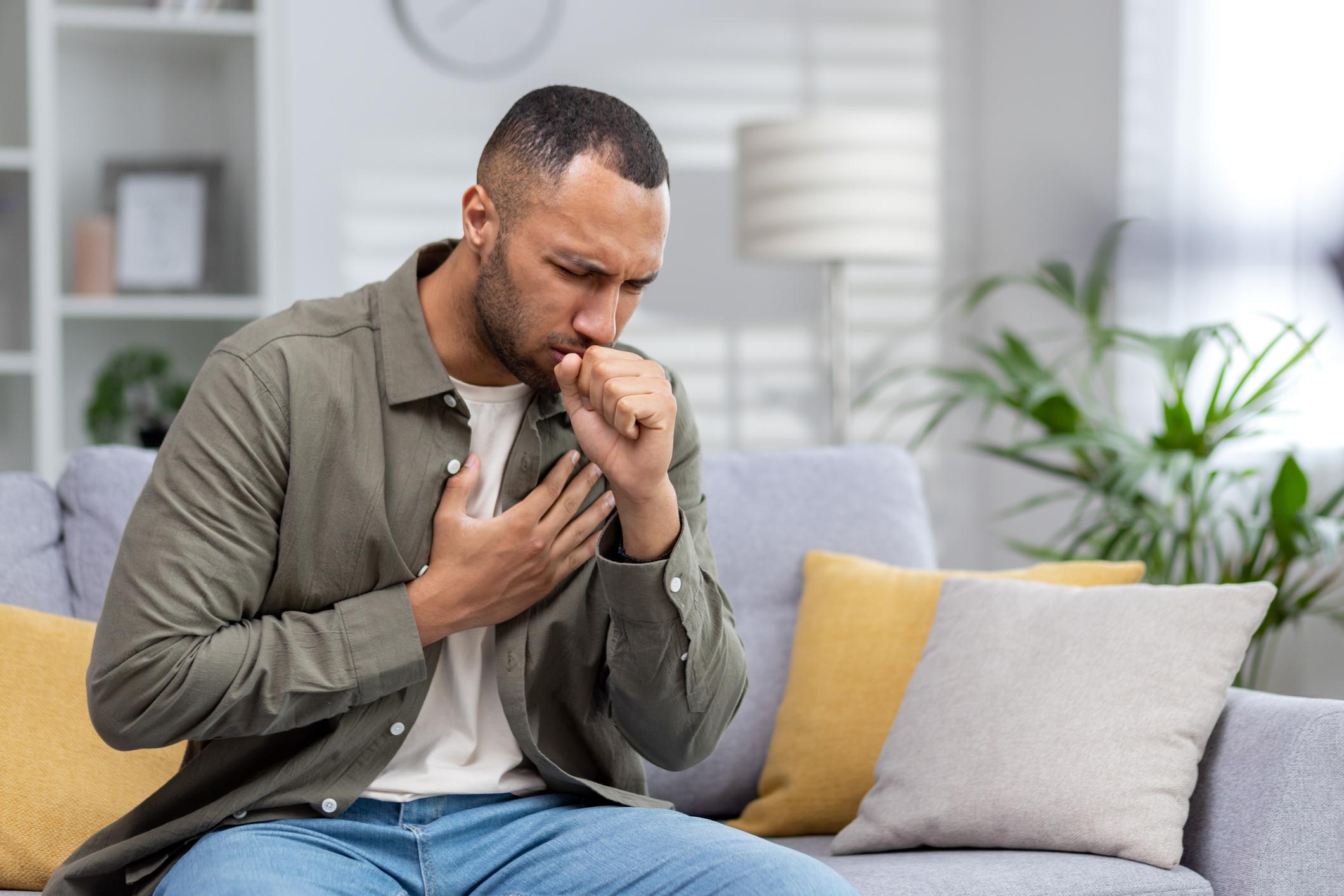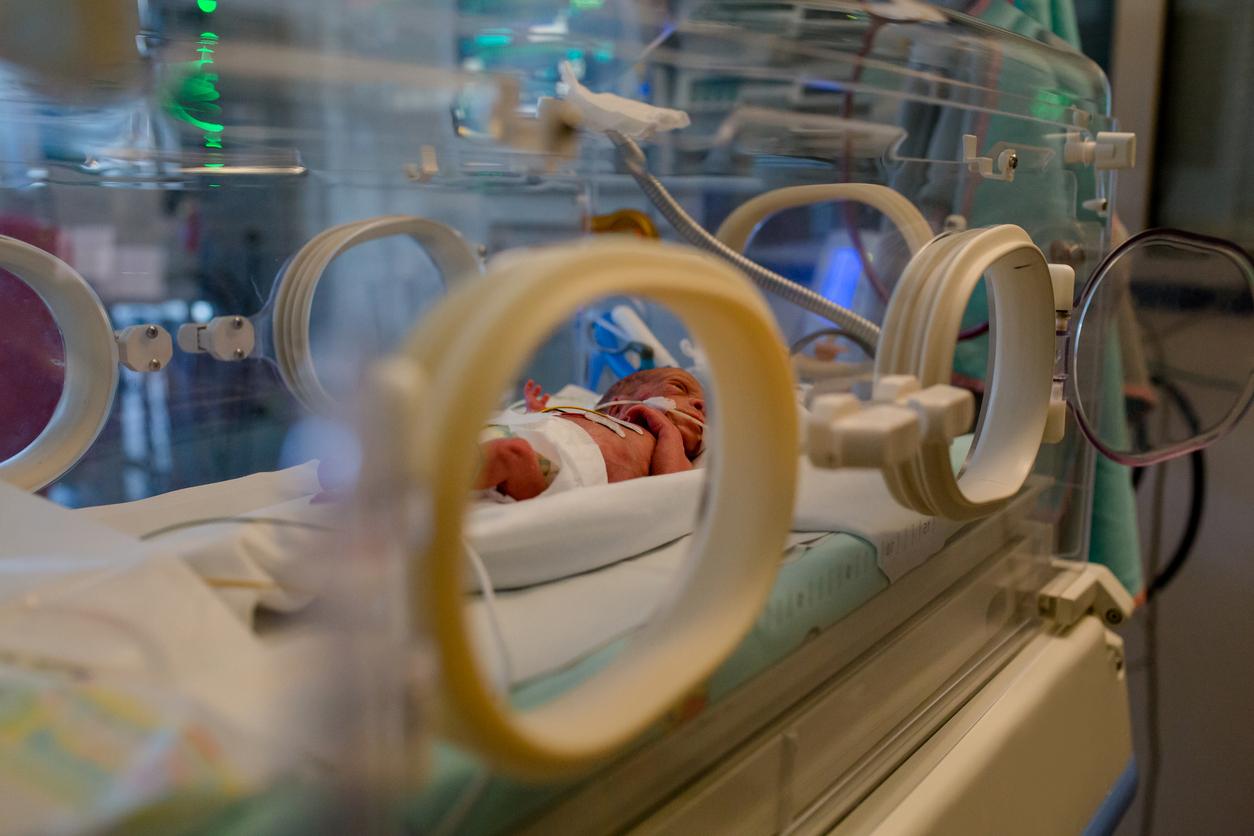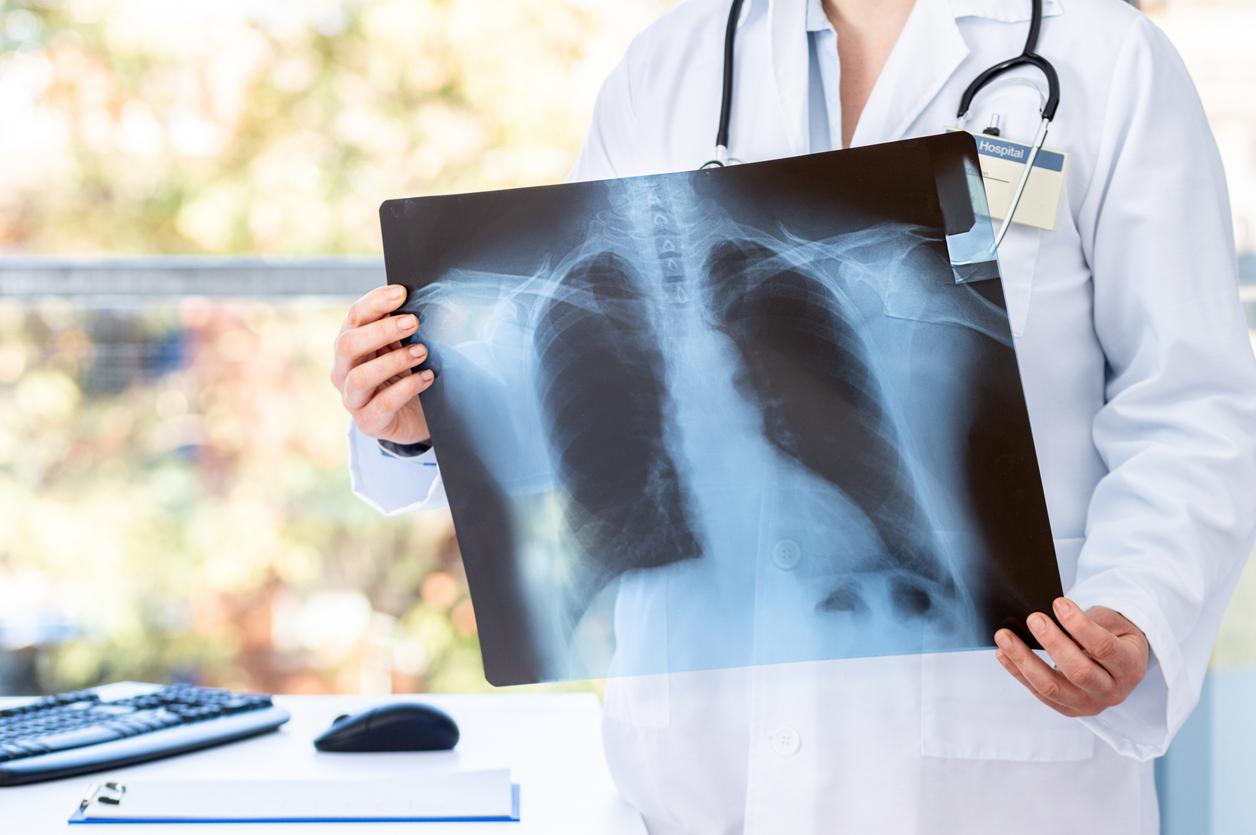
Blocked blood vessel causes shortness of breath
If you have a wound, it is useful for your blood to clot. Sometimes something goes wrong in blood clotting. This can have dangerous consequences, such as a pulmonary embolism. What exactly is this and how do you recognize a pulmonary embolism?
Blood clotting is an important but complicated process. The blood contains platelets and clotting proteins. These come into action when there is a leak in the wall of a blood vessel. They form a blood clot that closes the leak. When the blood vessel recovers, your body clears that clot again. Even if you don’t have any wounds, there are clots floating through your blood. Your body always gets rid of them.
Sometimes a superfluous clot is formed that is not cleared properly, a thrombus. Such a blood clot often occurs in the lower leg. It can close off a vein there, preventing blood from flowing back toward the heart. The leg then swells, looks red and shiny and hurts. That’s called a thrombosis leg.
A small piece of clot may then come loose. If that blood clot ends up in the lungs and closes off a blood vessel there, there is a pulmonary embolism. In rare cases, a pulmonary embolism occurs when fat, an air bubble or a tumor blocks a blood vessel in the lungs.
Symptoms of pulmonary embolism
Because of the plug, part of your lungs does not receive blood and therefore no longer receives oxygen. This can cause the following complaints:
- Shortness of breath.
- Rapid, shallow breathing.
- Pain with (deep) breathing.
- Chestpain.
- Cough up mucus with some blood.
- palpitations.
- to perspire.
- A light-headed feeling.
- Two thirds of patients with a pulmonary embolism also have a thrombosis leg.
Not everyone notices a pulmonary embolism. Some people are aware that they have thrombosis in the leg. An examination may show that there are also clots in the lungs that do not cause any symptoms.
Increased risk
A healthy lifestyle reduces the risk of developing a pulmonary embolism. This means sufficient exercise, no smoking, a healthy BMI and a varied diet. If you don’t exercise enough, smoke or are overweight, have high cholesterol or high blood pressure, you run a higher risk. Sitting still for a long time – for example during a plane trip, because your leg is in a cast or after an operation – also increases the chance of a thrombus developing.
A pulmonary embolism is also more common in the elderly, (pregnant) women and people with other diseases such as lung and heart disease, diabetes, certain types of cancer and patients who have previously had a stroke or heart attack. Estrogen-containing products, such as the contraceptive pill, slightly increase the risk. Hereditary factors also play a role.
Treatment for pulmonary embolism
If you suspect that you have a thrombosis and/or a pulmonary embolism, it is always wise to go to the doctor immediately. This estimates the probability that you indeed have a pulmonary embolism. If there is a high probability, you should immediately go to the hospital. With a small chance, blood tests should show how much D-dimer there is in your blood. An increased level of this substance in the blood indicates a high risk of a pulmonary embolism.
With a pulmonary embolism you will be given blood thinners or anticoagulants. These stop the clot formation, so that the thrombus does not grow larger and new blood clots do not form. Usually you will first receive heparin, an anticoagulant that works immediately, through an IV or injection. In addition and/or afterwards you will be given tablets with other blood thinners. These prevent the formation of new clots.
The thrombosis service regularly checks exactly how many blood thinners you should take. How long you need these blood thinners depends on how severe your pulmonary embolism was. This can range from a few months to the rest of your life.
recovery
You usually recover completely. If part of your lungs is damaged, your condition may deteriorate. In rare cases, a major blood vessel in the lungs is damaged, which can lead to heart failure.
Once you have had a pulmonary embolism, the chance that you will get another pulmonary embolism or a thrombosis is slightly higher.
Sources):

















